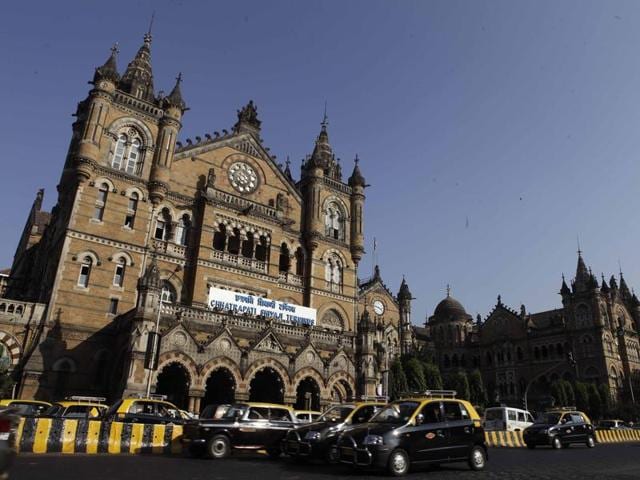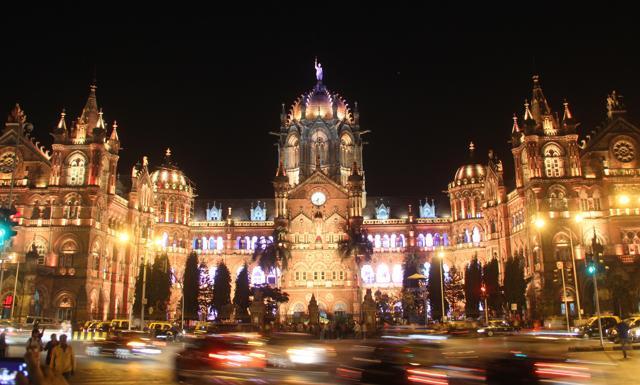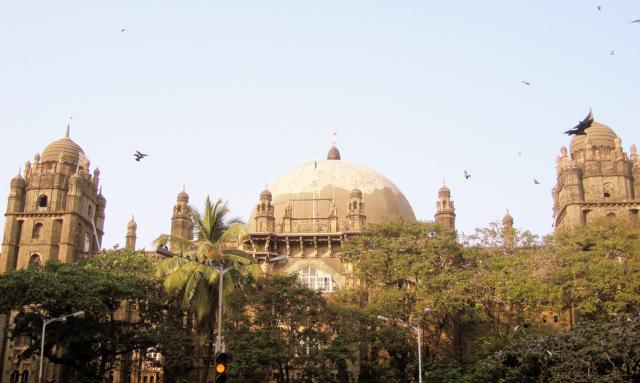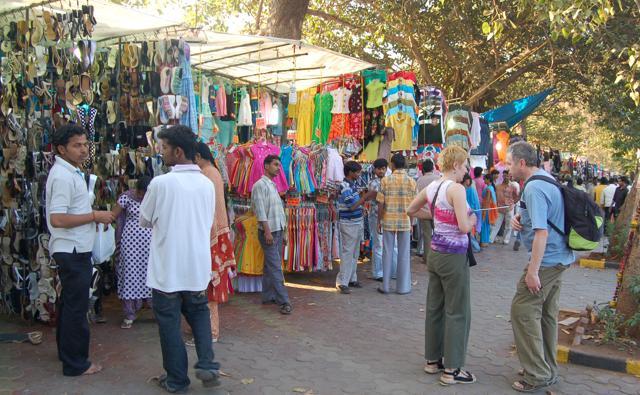Insider’s guide to...Fort
It’s home to one of the most iconic railway stations in India, the Chhatrapati Shivaji Terminus. The area also captures the various architectural influences that shaped Mumbai as we know it
It’s home to one of the most iconic railway stations in India, the Chhatrapati Shivaji Terminus. The area also captures the various architectural influences that shaped Mumbai as we know it

It’s 10am when we meet Dr Anita Rane Kothare, head of the Ancient Indian Culture department at St Xavier’s College, Fort. She first takes us around the area surrounding Chhatrapati Shivaji Terminus (CST), the headquarters for the Central Indian Railway division.
Read: Insider’s guide to... Chhatri Bazar
“The former Victoria Terminus was built in 1888, and was named after Queen Victoria. It was renamed after the Maratha king Shivaji, in 1996,” says Kothare. The iconic station showcases the Neo-Gothic style of architecture, characterised by high, arched windows and corridors, Minton-tiled floors and gargoyles on the terrace.

Though the majority of architecture in this region is Victorian (CST, BMC headquarters, and St Xavier’s College, to name a few), according to Kothare, the area also reflects another integral part of Indian history — the Islamic rule. “There is a strong Sufi culture around Fort, with dargahs like Pedro Shah Dargah opposite Sir JJ School of Arts, and the Bismillah Shah Baba Dargah behind St Xavier’s College. Fort has maintained a balance between letting the past remain, while moving ahead with the times,” adds Kothare.
DID YOU KNOW?
>>Though the entire stretch from CST to Metro Cinema retains its original Victorian character, modern subways were added to the area later (in the 1950s) to ensure the safety of the pedestrians, and to keep a steady traffic flow.

>> The Brihanmumbai Municipal Corporation was established in 1888, to help aid the administrative proceedings in one of the richest trading ports under the Raj — Mumbai. Since it was a major site of British dominance, the building stands tall opposite CST. The BMC headquarter, the Asiatic Library (at Horniman Circle), and CST were designed by the same English architect: Frederick William Stevens.
>> Gulshan- E-Iran, an Irani café behind Crawford Market, below the JJ Bridge, opened in 1920. Located at the crossing of the roads leading to Masjid Bunder and Carnac Bunder, people travelling to Haj invariably stopped here for food, making it an ideal location for a café. Founded by Mumbai-based Iranis, it was eventually taken over by the Chilia community — a Gujarati Palanpuri Muslim community.

>>The General Post Office (GPO), behind CST, is the main headquarters of the postal services in Mumbai. Designed by British architect John Beggs, it is inspired by the Gol Gumbaz in Bijapur, Karnataka. The structure includes black basalt, with a coating of yellow Kurla stone, and white stones from Dhrangdra (an erstwhile British presidency in current-day Gujarat). The building is said to have once had underground passages connected to what once was Fort George.
>> Acclaimed English writer Rudyard Kipling’s bungalow can be found in the courtyard of the Sir JJ School of Arts. The author of Jungle Book spent his childhood in the bungalow as his father, Lockwood Kipling, was the first principal of Sir JJ School of Arts, and is credited for designing the fountain inside Crawford Market.

>>Mumbai’s tryst with cinema started in the 1930s, when some of the most iconic theatres were built in the city. Eros (1938, Churchgate) and Metro (1938, Dhobi Talao) opened around the same time. Regal Cinema, Colaba, was built in 1933. The interiors of the Art-Deco building features mirror-work in the lobby and a motif of sunrays in pale orange and jade green in the main auditorium. It was designed by a Czech artist Karl Schara. It is also the first theatre in Asia to be centrally air-conditioned right from its opening night. The elevator up from the parking area was a major innovation at the time.
>> Manish Market and Mota Market, located on Carnac Bunder opposite CST, are the original malls of Mumbai that opened in the 1940s. It sells imported foreign artefacts and electronics and is known to supply smuggled goods. Interestingly, unlike Manish Market, which is spread across surrounding streets, Mota Market stands on a plot of land where a cinema theatre — titled Radio Cinema — once stood. It was pulled down in the late 1970s.

>>One of the most iconic street shopping venues in Mumbai — Fashion Street — originally stretched from CSMVS (Chhatrapati Shivaji Maharaj Vastu Sangrahalaya; formerly Prince of Wales Museum) to CST. It was shifted to Azad Maidan in the mid ’80s by Sadashiv Gorakshakar, a former director at the Prince of Wales, to prioritise the museum as a heritage site.
>>The bricks used to build the Cama and Albless Hospital were originally used to build the Bombay Fort, known as Fort George. The fortifying structure that once established the Bombay Presidency under the Raj was named after King George III of the United Kingdom. It was partially torn down in 1886. The remaining structure houses the Archeological Department of Maharashtra. The ruins from the original structure were used to build Cama Hospital, set up in 1886. The hospital caters to women and children and was under attack during the 26/11 Mumbai terror attacks.





